
Scott Frost’s mantra of developing a roster that gets old and stays old might be a secret to success for football. But that game plan might not play as well when it comes to building Nebraska’s season ticket and donor base.
Indeed, dealing with an aging base of supporters is one of the bigger financial concerns facing the future of Nebraska athletics.
It’s an underappreciated challenge at that, as one college athletics official put it, compared to the ever-growing gap between the haves and have nots, name, image and likeness issues, gender equality, and other legal and antitrust skirmishes.
But make no mistake, athletic departments at Nebraska and elsewhere are well aware of the need to cultivate and engage a younger base of ticket holders and donors who’ll be needed to step up and write the big checks and keep the seats filled over the next few decades.
Jay Judge, a senior athletics official at Seton Hall University, put it this way in a story published on the Sportico website: “The fact that most donors are in an older age bracket is very scary” to the long-term health of college athletics.
The outlook would not be so scary if there were another generation of boosters ready to assume the responsibility, the article noted. “The problem is graduates of the ‘90s and ‘00 are significantly underrepresented among current donors and it very much remains a question whether they will ever give back to athletic programs in the same way their predecessors did,” Sportico wrote.
For one thing, there are many more worthy causes to donate to these days, and the younger donors may not see college athletics as a high priority for their philanthropic dollars. And with some college athletes primed to rake in money from name, image and likeness opportunities, could there even be donation backlash? Why write a check to dear old Nebraska U when the bottom line of popular athletes is poised for a boost?
There’s also the wealth effect in play, where it takes years for many athletics’ supporters to generate enough personal income to be able to give money away for a new football training facility, or a women’s volleyball practice complex.
Garrett Klassy, a Nebraska senior deputy athletic director, agrees that an aging fan and donor base is a concern. But he said, it “is a concern across all sports,” not just college.
Klassy wasn’t able to break down any of the demographics among Nebraska supporters. But aside from the student sections, “if you use the eyeball test at Memorial Stadium, it’s mostly 40 to 45 or older,” he said.
While Nebraska may have some built-in advantages with its fan and donor base and by being the major entertainment attraction in the state, Klassy said, nothing is being taken for granted. In fact, Nebraska has targeted several programs to appeal to a younger crowd, and has other ideas that could go on the front burner this year if the pandemic loosens its grip on social distancing.
No, selling alcohol isn’t one of them, but producing more social media content is, along with Zoom opportunities with coaches, and creating a family-friendly game-day entertainment zone outside Memorial Stadium. The latter idea was put on hold last year because of the pandemic.
Other schools around the country are trying to figure out how to appeal to younger fans, notably Maryland, Missouri, Oklahoma, and Wisconsin.
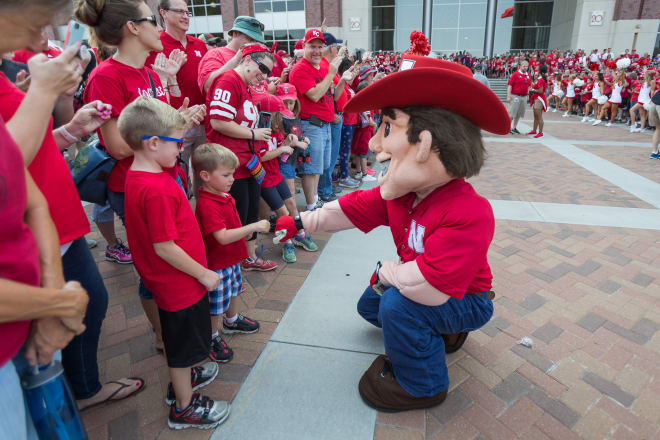
Little Huskers
When it comes to building a younger base of fans and supporters, Nebraska focuses on kids, students and the young adults that make up Generation Z.
Building the connections starts with being part of the Husker JV team. The little Husker program, as Klassy calls it, is free and allows children to have up-close opportunities to meet Herbie Husker and to take advantage of special fan day and autograph opportunities.
Members get an ID card, a lanyard and schedule cards, and there’s free general admission seating for soccer, wrestling, women’s softball and other sports.
Because of the pandemic, the JV program was put on hold this past year, and membership for the coming year will demand on Covid-19 safety protocols. In 2019-2020, there were about 1,700 members.
For this year, the athletic department “is looking at the possibility of a slight change, with both free and paid membership options,” said athletics spokesman Keith Mann. Nothing has been finalized.
Year-in, year-out, Memorial Stadium is a popular attraction for busloads of kids on school field trips. In addition, sports camps and clinics build bonds, Klassy said.
And like many schools, there are special events geared to students on campus, including the annual Boneyard Bash, a basketball opening night event, and other pep rallies.
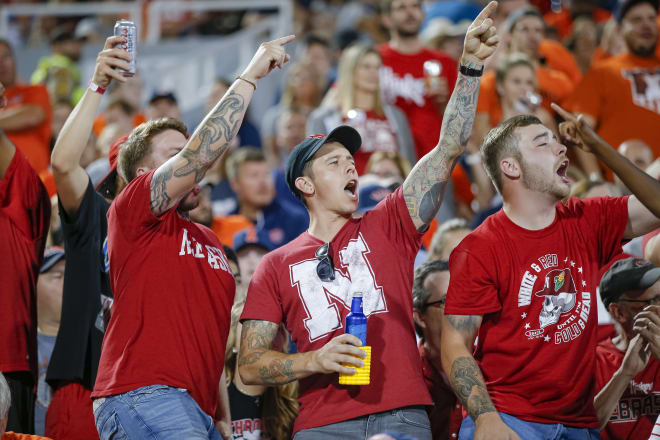
Click-through rates
When it comes to wooing those born after 1996 who are members of Generation Z, technology shapes the marketing.
“It’s completely changed how you market,” Klassy said. “Generation Z wants short videos and data feeds, not two hours or more of sitting.”
That’s why athletics marketers push a lot of interactive content through the pipeline — short TiikTok videos, the mobile app and other content.
Judging by the click rate on social media devices, the strategy “is working,” Klassy said. “We’re developing content that our young people want to consume.” For example, he said the women’s volleyball team has produced short videos “that have gone viral,” he said.
But the in-game experience, particularly for football, volleyball and basketball, remains the focal point. “The toughest balance we face between young and older fans is the in-game experience,” Klassy said. The younger crowd might like one thing, but the older crowd doesn’t, whether it’s the piped-in music, scoreboard videos and other features.
“We’re always fine-tuning,” Klassy said.
Regardless of any generation gaps, Klassy said the “largest percentage of donors care about the student-athletes more than just getting good seat locations. That’s why they give.”
Unique content and experiences
Among Big Ten schools, the University of Maryland is trying something not tied to seats and donations to appeal to younger potential donors.
The school recently expanded its Terrapin Club, which funds scholarships for student-athletes, to include three new benefits “that will provide members with exclusive content and behind-the-scenes experiences unparalleled in college athletics.”
For example, the athletic department introduced an online streaming platform known as Terrapin Club Plus, which features video content and programming; a quarterly magazine; and a program called Backstage Pass, which gives members the chance to sit on the bench during team warmups, throwing out the first pitch at a ballgame, and having a coach join an office Zoom meeting.
“We do like that concept,” Klassy said. “It’s helping fans get to know the student-athletes and the coaches.”
Meanwhile, the University of Oklahoma has begun to offer “unique membership options that are not tied to any ticketing” to avoid dramatic swings in fundraising dollars, athletic director Joe Castiglione told Sportico.
Happy hour at Faurot Field
There’s no sugar-coating the problem, said Ryan Alpert, Missouri’s deputy athletic director for external operations.
Missouri and college athletic programs in general “are really struggling to incorporate younger fans into our donor system,” Alpert said. “That traditional model (with season tickets and seat donations) has not translated very well with the 40-and-under” demographic.
It’s not a pricing problem, Alpert said. “It’s a commitment of time issue. The younger generation wants control over that time commitment,” he said, which doesn’t necessarily mean spending four hours at a college football game when they can have just as much fun and enjoyment watching at a restaurant or sports bar.
To woo younger people to a game at Faurot Field, Missouri offers in-seat dining in certain areas of its football stadium, along with Ipads so fans can watch other games. Suites also have multiple televisions.
It also added field-level seating and concession features to give that area of the stadium “a sports bar feel,” Alpert said.
Then there’s happy hour. To get fans into their seats earlier before kickoff, Missouri offers beer for half price and shows other football games on its JumboTron scoreboard.
Students who purchase season tickets automatically become members of the Tiger scholarship fund. “Any message that goes to top donors also goes to younger season ticket holders,” Alpert said.
The goal of all of these initiatives, Alpert said, is to make a football Saturday “a full-on event experience…You have to try new and different things to engage a younger audience.”
Steve Rosen writes about the business of sports for HuskerOnline. Questions, comments, story ideas? Reach Rosen at srosen@huskeronline.com.

Must See
-


Football
/ 2 months agoHuskers Fight Hard but Fall Short Against UCLA
LINCOLN – The Nebraska Cornhuskers gave it their all on Saturday, with standout efforts...
-
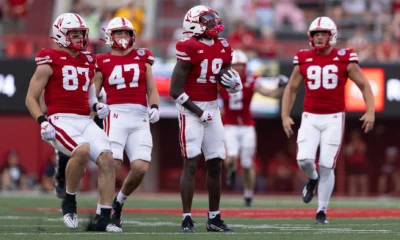

Football
/ 2 months agoGAMEDAY: Nebraska Set to Face Undefeated Indiana in Key Big Ten Showdown
Bloomington, IN – It’s Game Day, Husker Nation! Nebraska (5-1, 2-1 Big Ten) returns...
-


Football
/ 3 months agoBlackshirts Shine as Nebraska Tops Rutgers 14-7 on Homecoming
Lincoln, NE – Nebraska’s Blackshirt defense played a starring role in the Huskers’ 14-7...
By Chris
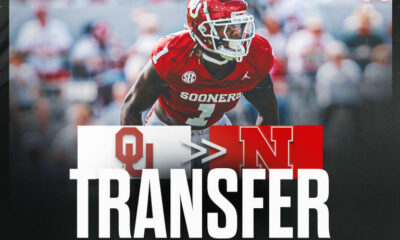





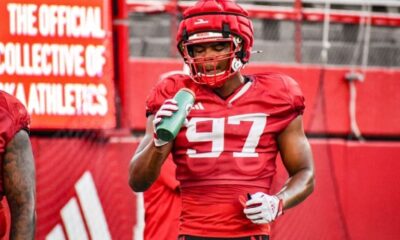



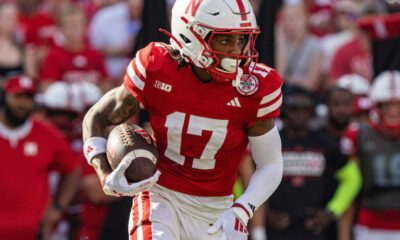

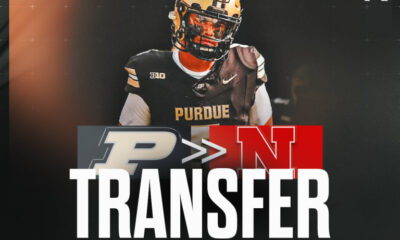








You must be logged in to post a comment Login